This article needs additional citations for verification .(December 2015) |

Leopold Niemirowski (1810, Tahaczyn, Volhynian Governorate - December 1883, Liuboml) was a self-taught Polish painter; exiled to Siberia for his revolutionary activities.
This article needs additional citations for verification .(December 2015) |

Leopold Niemirowski (1810, Tahaczyn, Volhynian Governorate - December 1883, Liuboml) was a self-taught Polish painter; exiled to Siberia for his revolutionary activities.
He originally studied law at the University of Vilnius. Later, he fought in the November Uprising with the forces of Piotr Wysocki, was wounded at the Battle of Ostrołęka and fled to Galicia, where he lived in Lwów. [1]
When he tried to return home, he was arrested and imprisoned in Kyiv. He was pardoned in 1836, but continued his revolutionary work and was arrested in Odessa for his connections to Szymon Konarski. In 1839, he was sentenced to death, but the sentence was commuted to twenty years of hard labor in Siberia. At first he was sent to Tobolsk, then to Irkutsk, where he worked in the salt mines. [1]
During this time, he made sketches which were noticed by the director of the salt works, who asked him to give lessons to his children. This drew the attention of the Governor-General and, as a result, in 1844, he accompanied an expedition of the Russian Geographical Society to Kamchatka; making anthropological studies of the Yakuts, Koryaks and Chukchi. [1] In 1856, many of his drawings were taken to England, where they were made into steel engravings and released in an album called "Journey to East Siberia", but Niemirowski was not credited, due to his status as a political prisoner.
In 1848, after his return to Irkutsk, members of the Konarski conspiracy were brought together and transferred to Tambov, in European Russia. In 1857, he was granted amnesty, but went back to live in Irkutsk and continued his explorations into rural Siberia. He also taught drawing and did portraits of the Polish exiles and prominent Russians. He left Siberia to hold exhibitions of his work in Paris (1867) and Warsaw (1870). [1] Much of his original work was lost during a fire at his home in 1877.
In 2010, on the occasion of the 200th anniversary of his birth, a new edition of his album was published, giving him full credit. At the same time, an exhibition was held at the "Museum of the Decembrists" in Irkutsk, with copies of his works provided by the Polish Ministry of Culture.

The Decembrist Revolt took place in Russia on 26 December [O.S. 14 December] 1825, following the sudden death of Emperor Alexander I.

Alexander Nikolayevich Radishchev was a Russian author and social critic who was arrested and exiled under Catherine the Great. He brought the tradition of radicalism in Russian literature to prominence with his 1790 novel Journey from St. Petersburg to Moscow. His depiction of socio-economic conditions in Russia resulted in his exile to Siberia until 1797. He was the grandfather of painter Alexey Bogolyubov.
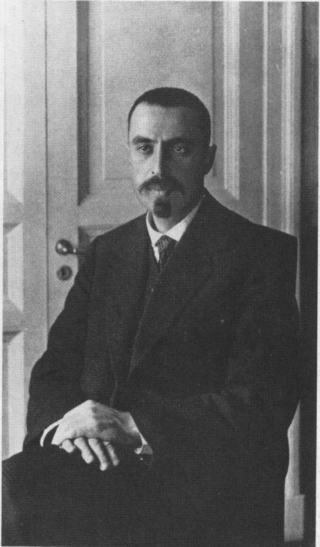
Irakli Tsereteli was a Georgian politician and a leading spokesman of the Social Democratic Party of Georgia and later Russian Social Democratic Labour Party (RSDLP) during the era of the Russian Revolutions.

Yekaterina Konstantinovna Breshko-Breshkovskaya, better known as Catherine Breshkovsky, was a major figure in the Russian socialist movement, a Narodnik, and later one of the founders of the Socialist Revolutionary Party. She has been described as Russia's first female political prisoner.
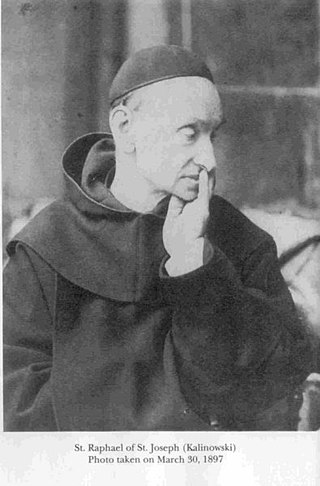
Raphael of St. Joseph Kalinowski, OCD, religious name: Raphael of Saint Joseph, was a Polish Discalced Carmelite friar. He was a teacher, engineer, prisoner of war, royal tutor, and priest, who founded many Carmelite convents around Poland after their suppression by the Russians. Kalinowski was canonized by Pope John Paul II in 1991.

Mikhail Vasilyevich Butashevich-Petrashevsky, commonly known as Mikhail Petrashevsky, was a Russian Utopian theorist, best known for his central role in the activities of the Petrashevsky Circle, a literary discussion group in Saint Petersburg in the 1840s.

Szymon Konarski (1808–1839) was a 19th-century Polish-Lithuanian radical democratic politician and revolutionary, one of the leaders of the November Uprising of 1831. As a politician, he supported the radical idea of social and economic equality for all men, as well as the right of political and national liberty and self-governance. Konarski supported the idea of land reform in the form of parceling out aristocratic estates among the poor peasants, and opposed the clergy.

Anatoly Tikhonovich Marchenko was a Soviet dissident, author, and human rights campaigner, who became one of the first two recipients of the Sakharov Prize for Freedom of Thought of the European Parliament when it was awarded to him posthumously in 1988.

Aleksander Sochaczewski was a Polish painter who participated in the Polish January Uprising against the Russian Empire in 1863. He was then exiled to Siberia. He is known for his paintings of the uprising and the Siberian katorga and exile.
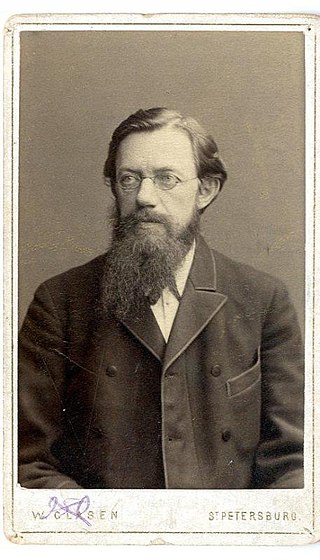
Jan Stanisław Franciszek Czerski, also Ivan Dementievich Chersky or Yan Dominikovich Chersky was a Russian and Polish paleontologist, osteologist, geologist, geographer and explorer of Siberia.
The Baikal Insurrection, also known as the Siberian Uprising, was a short-lived uprising of about 700 Polish political prisoners and exiles (Sybiracy) in Siberia, Russian Empire, that started on 24 June 1866 and lasted for a few days, until their defeat on 28 June.

Nikolai Mikhailovich Yadrintsev was a Russian public figure, explorer, archaeologist, and Turkologist. His discoveries include the Orkhon script, Genghis Khan's capital, Karakorum and Ordu-Baliq, the capital of the Uyghur Khaganate. He was also one of the founding figures of Siberian regionalism.
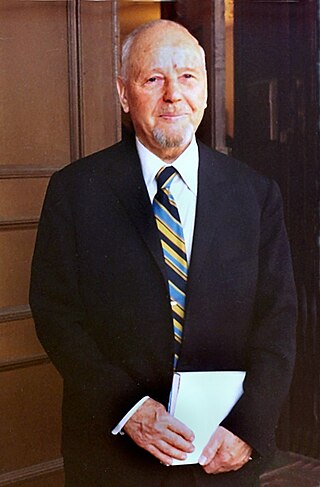
Mārtiņš Krūmiņš was a Latvian-American Impressionist painter. He left Latvia after World War II and came to the United States in 1950. "Mārtiņš Krūmiņš ... belongs to those artists of his generation, who amidst the changing trends of contemporary art, after thirty years in exile and emigration, as still basically close to and developing the traditions of their homeland art – of the 'Latvian or Riga School'".

Father Christopher Szwernicki was a Polish priest of the Congregation of Marian Fathers. In 1849, he was deported to Irkutsk, where he worked until his death as a parish priest of the largest parish in the world. In 1888 he was dubbed "Apostle of Siberia" by Pope Leo XIII.
Vladimir Petrovitch Tomilovsky was a Russian landscape painter. His works primarily depicted the nature of Siberia and Lake Baikal.
Sofya Nikolaevna Bogomolets was a Russian revolutionary and political prisoner.
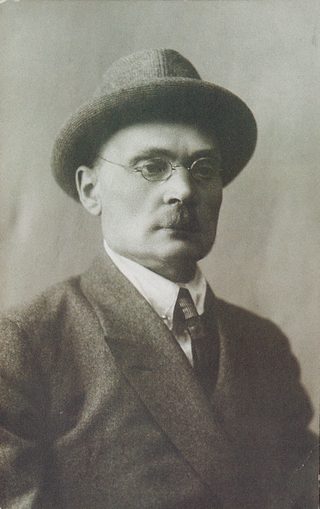
Jazep Losik was a Belarusian academic, leading figure of the independence movement and a victim of Stalin's purges.
Mikhail Pavlovich Ovchinnikov was a Russian revolutionary, political exile, and amateur archeologist active in the Irkutsk Governorate. Ovchinnikov discovered many ancient sites around Irkutsk that were later reexamined by Irkutsk State University academia. His passion for Eastern Siberian archeology led to contemporaries dubbing him "the Father of Siberian Archeology."

Ippolit Nikitich Myshkin was a Russian Empire revolutionary and political prisoner, who was executed after a violent confrontation with a prison warder.
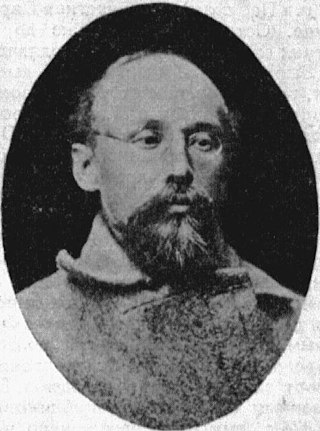
Mikhail Petrovich Sazhin, also known by the pseudonym Armand Ross, was a Russian revolutionary anarchist. An activist during his years as a student, he was expelled and exiled for his revolutionary activities, forcing him to flee the country to Switzerland, where he became a disciple of the anarchist Mikhail Bakunin. During the 1870s, he participated in a series of uprisings, including those of the Lyon and Paris Communes, the 1874 Bologna insurrection and Herzegovina uprising, before returning to Russia in order to ignite an insurrection there. He was arrested for smuggling revolutionary literature across the border and tried as part of the Trial of the 193, which resulted in him getting exiled to Siberia. He spent the subsequent decades working in a number of steamship companies throughout Russia, eventually returning to European Russia and participating in a number of radical publishing ventures. He spent his final years in Moscow, attempting to publish Bakunin's literary works and working as an activist for the Society of Former Political Prisoners and Exiled Settlers.